Japan used to crank out sports cars like it was a national pastime. From the late ’80s through the early 2000s, nearly every major Japanese brand had at least one affordable, well-balanced, rear-drive coupe or a lightweight roadster in their lineup. Those days are mostly gone—but the used market still tells the story.
This list isn’t about unicorns like the NSX or Skyline GT-R. These are the cars regular people still have a shot at owning—cars with character, tuning potential, and the kind of driving feel that modern machines often miss. If you’re looking for real-world fun with a dash of nostalgia, start here.
Mazda Miata
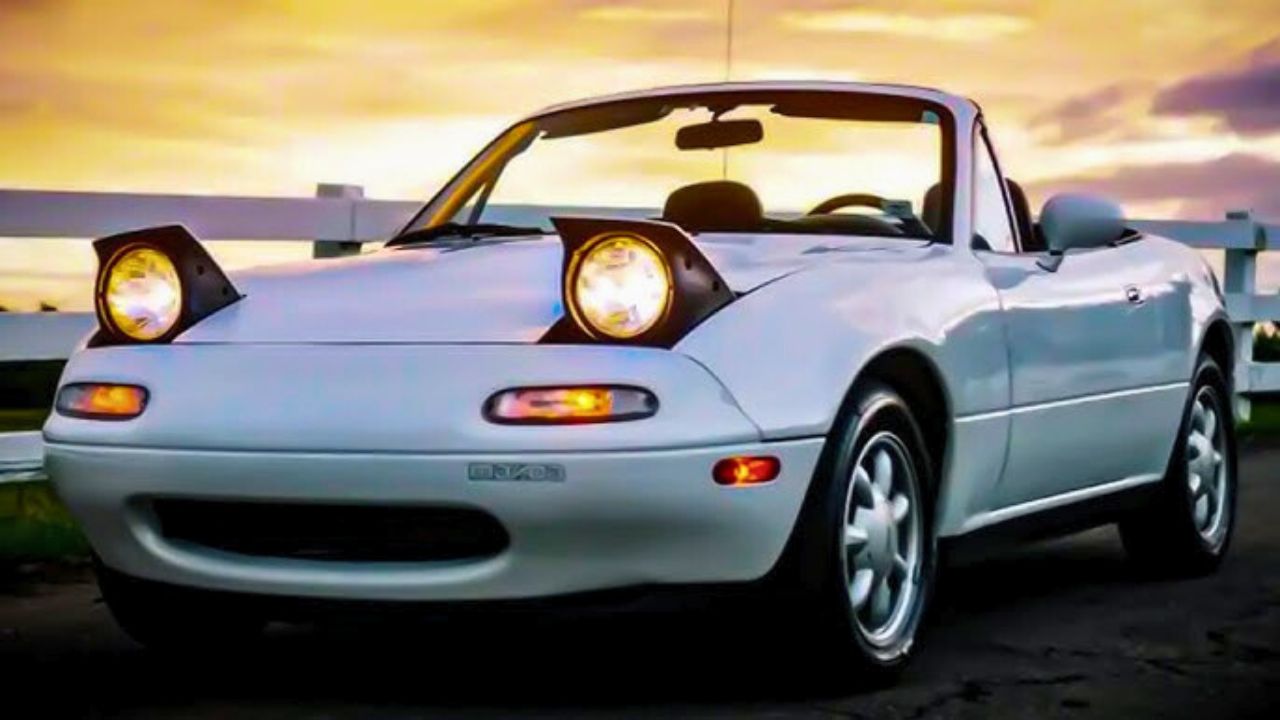
Mazda got it right with the Miata. Inspired by classic British roadsters but built with Japanese engineering, it nailed the formula. Light, reliable, and endlessly fun, it became the world’s best-selling two-seater sports car for a reason.
First-gen NA Miatas are getting expensive, but NB and NC models are still affordable and easy to live with. The NC, in particular, doesn’t get enough credit—it’s still a proper Miata, just with more comfort and a slightly more grown-up feel.
Toyota MR2
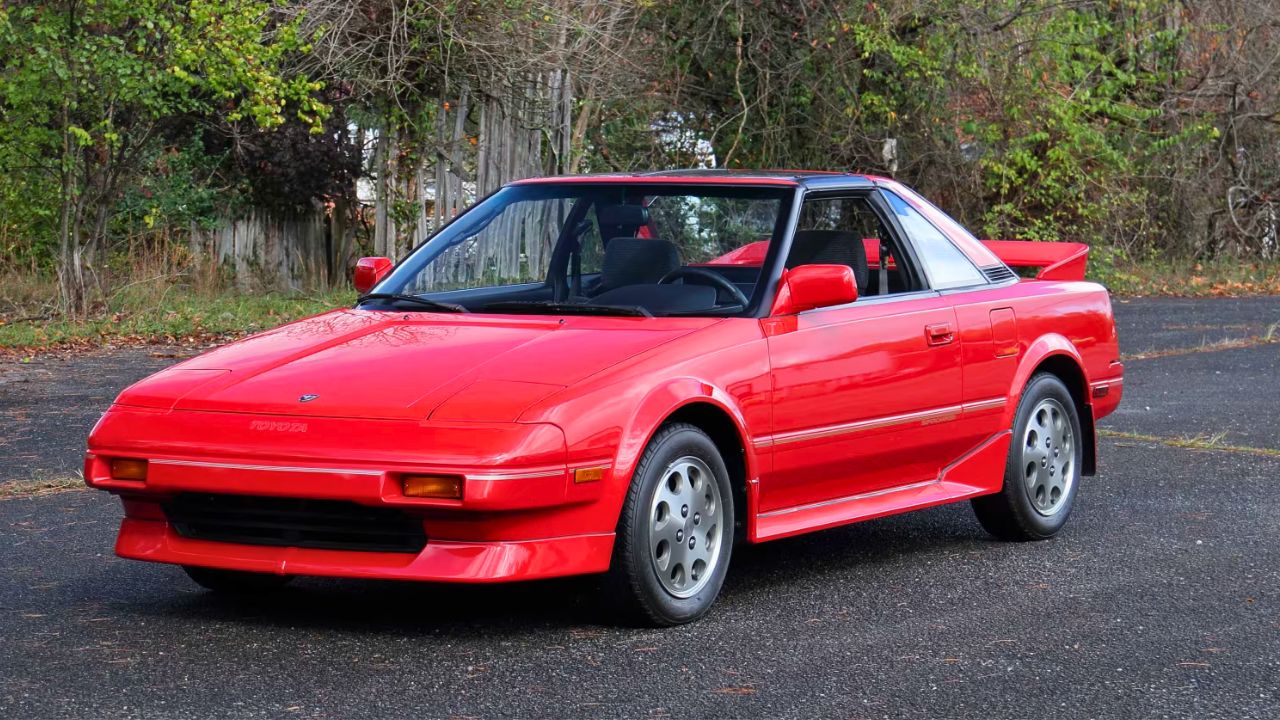
Introduced in the mid-’80s, the MR2 brought mid-engine handling to people who weren’t shopping at Ferrari. The first-gen was light and agile, but not especially quick. Things changed with the second-gen, which packed more power and sleek, rounded styling.
The third-gen MR2—often overlooked—is a cheap way into a mid-engine, rear-drive experience. Think of it as a more affordable, less fragile Lotus Elise. Just make sure you check for rust and find one that hasn’t been driven into the ground.
Nissan 240SX
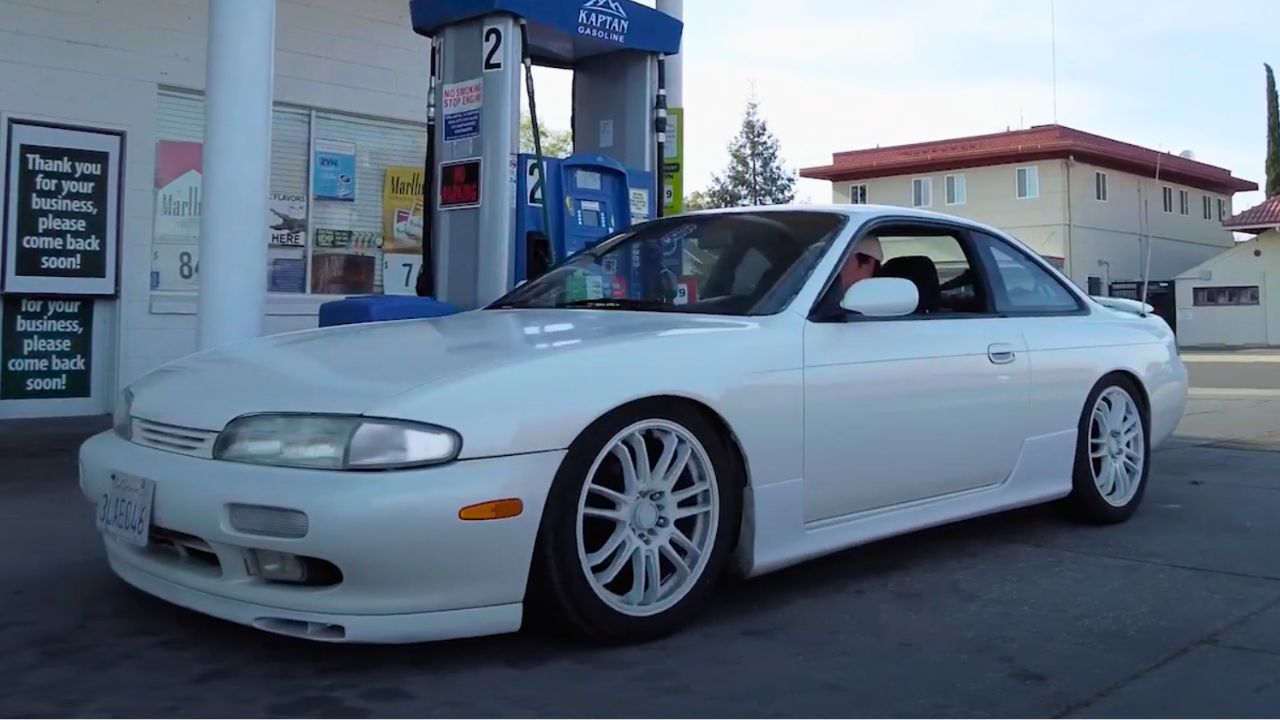
The 240SX was never a powerhouse out of the box, but it became a legend in the drifting scene. In the U.S., it came with a naturally aspirated 2.4L inline-four, while other markets got turbocharged variants. Despite that, the car’s balance and chassis tuning made it a fan favorite.
S13 and S14 models are the go-to options, with S15s out of reach for most U.S. buyers unless imported. Parts are still widely available, but prices are climbing fast—thanks in part to what people call the “drift tax.”
Toyota Supra
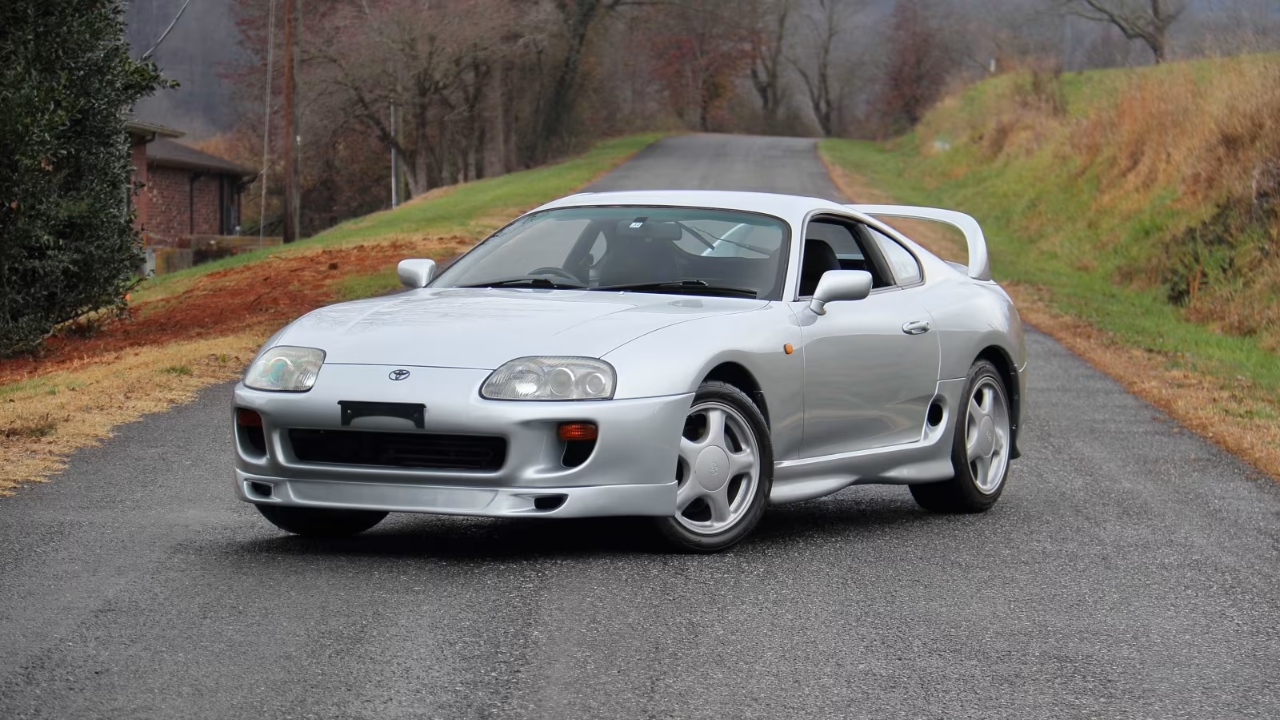
Before the Mk4 Supra became a six-figure collector’s item, it was just a quick grand tourer. The twin-turbo 2JZ-GTE version stole the spotlight, but even the naturally aspirated models offer the same body and basic driving experience at a lower price.
If the older Supras are too far gone, the current-gen Supra is still on the table. Underneath, it’s a BMW Z4 in disguise—but the B58 engine is seriously capable, and the aftermarket has already figured out how to unlock its full potential.
Mitsubishi Eclipse
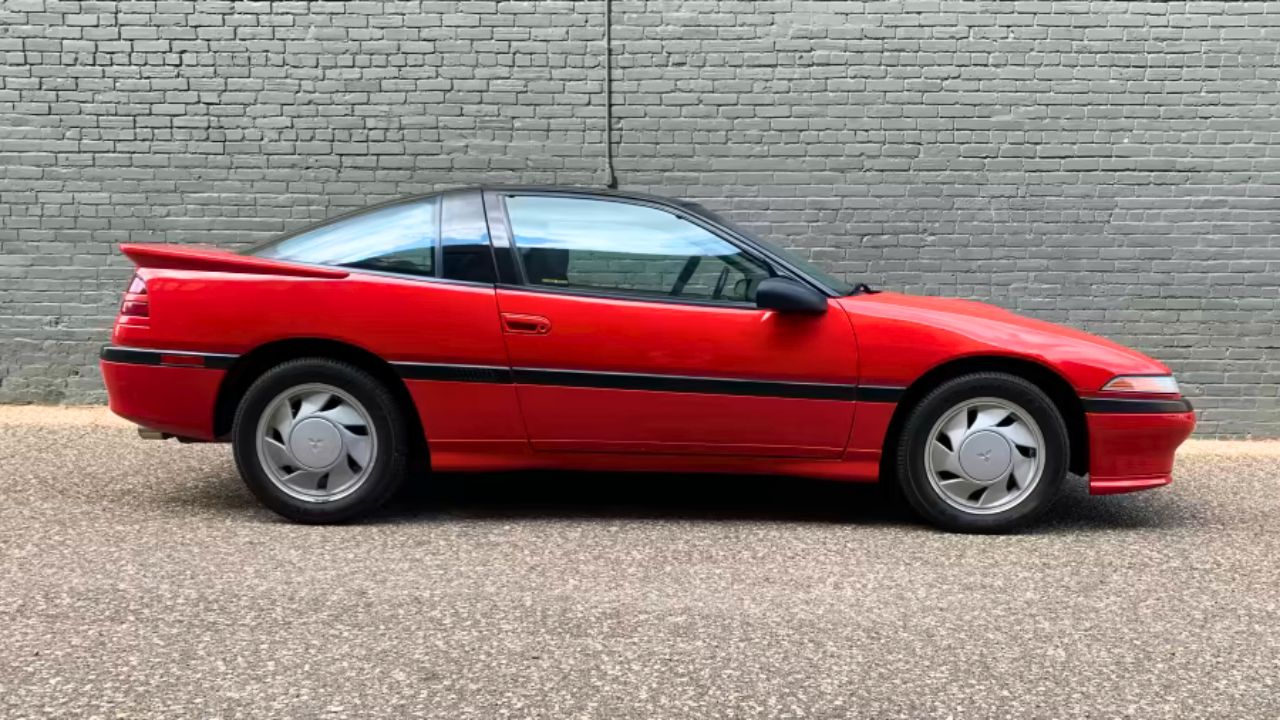
The Eclipse was a huge deal in the ’90s. Early turbo models, especially AWD variants, packed a punch. The second-gen became even more desirable after its appearance in The Fast and the Furious, helping cement its street cred.
Unfortunately, the third and fourth generations lost the plot. They ditched performance in favor of styling and comfort, and eventually, Mitsubishi turned the name into a crossover. If you want the real thing, stick with the ’90s models—just expect to pay for clean examples.
Honda S2000
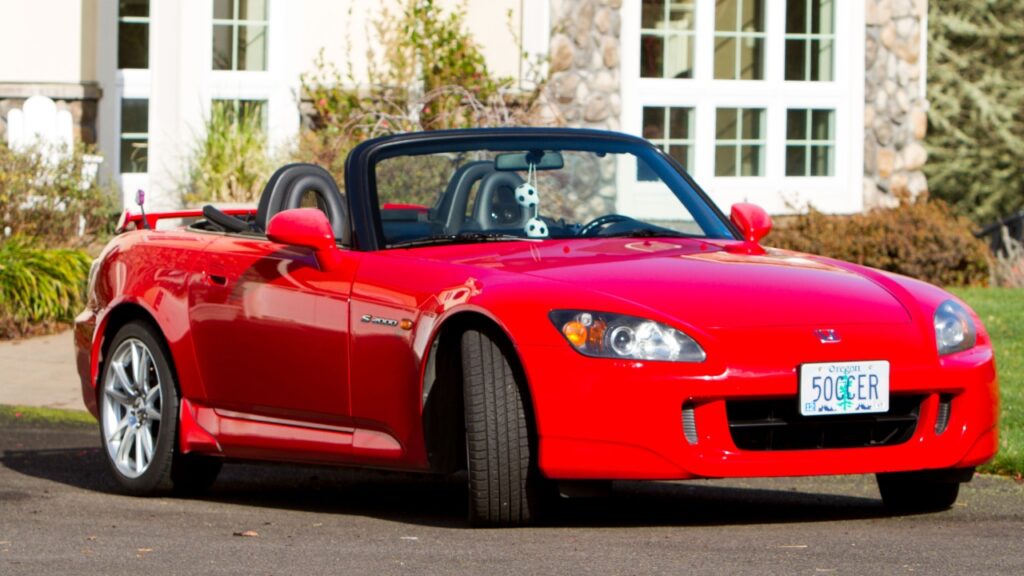
The S2000 is Honda’s high-revving swan song. Launched in 1999 to celebrate the company’s 50th anniversary, it paired a 9,000 rpm redline with perfect 50/50 weight distribution. The AP1 came with a 2.0L, while later AP2 models got a 2.2L and slightly more usable torque.
No turbos, no gimmicks—just pure driving. Prices have climbed fast, but the S2000 still offers a raw, analog experience that few modern cars can match. It’s aging well, and it’ll likely only get more valuable from here.
Nissan GT-R (R35)
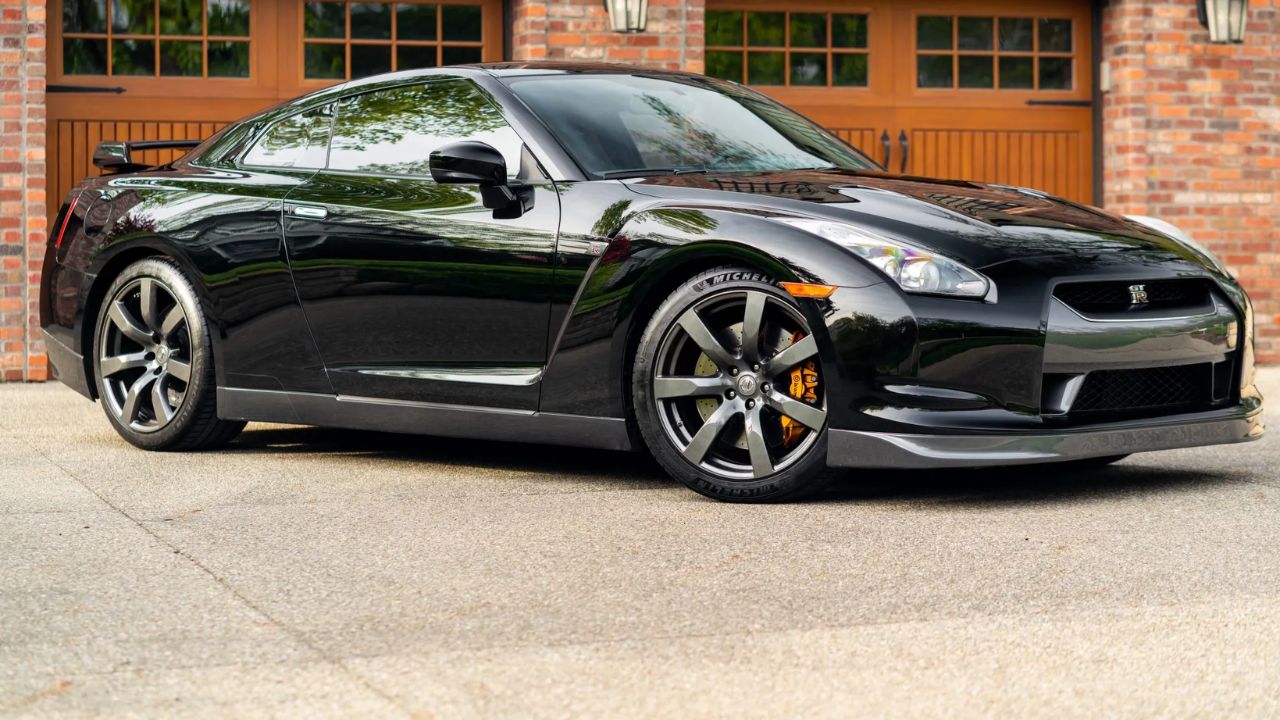
Forget the Skylines for a second—the R35 GT-R has been available in the U.S. since 2009, and early models are becoming relatively affordable. With 480+ horsepower and AWD, it was built to embarrass supercars and did exactly that.
Over the years, Nissan added more tech and more power, but even the older R35s are monsters on the street. Tuning potential is massive, and the aftermarket scene is still thriving. If you want all-weather speed with serious performance, this is your pick.
Nissan Z (300ZX, 350Z, 370Z)
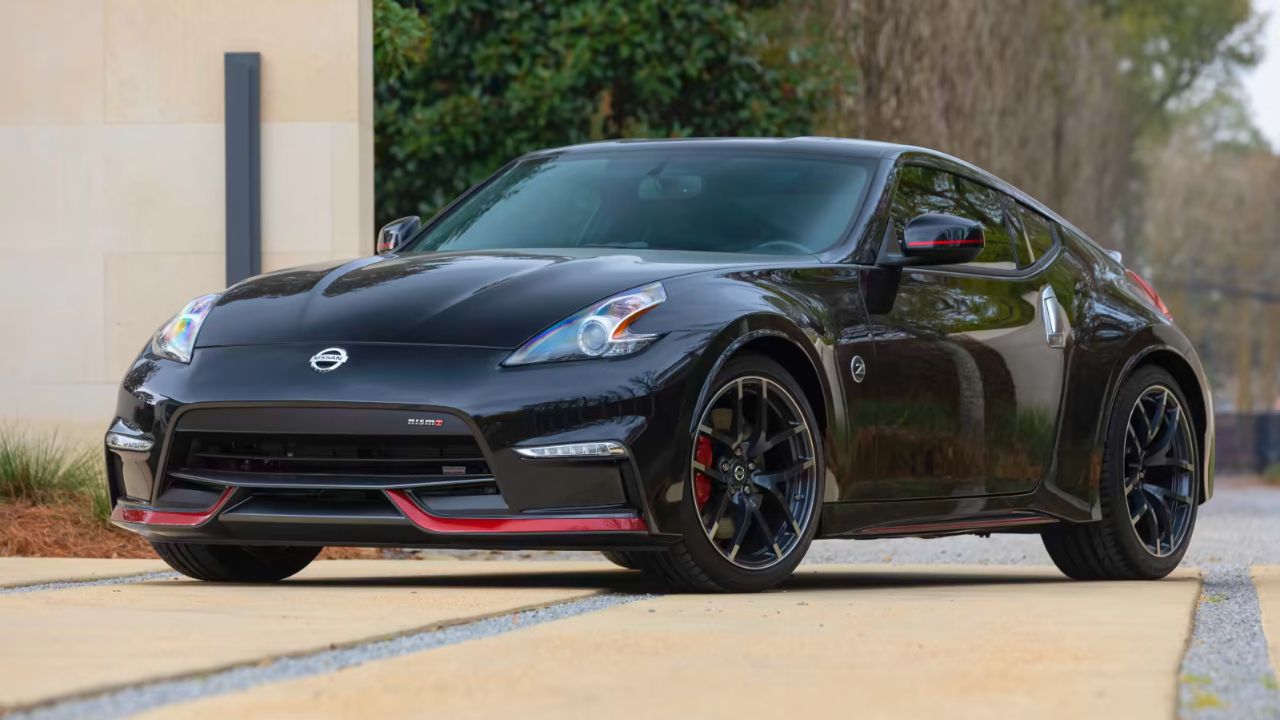
Nissan’s Z lineage stretches back to the 1970s, but early cars are now serious collector territory. The sweet spot for drivers is the twin-turbo 300ZX from the ’90s—quick, capable, and fun when sorted, though it requires care and maintenance.
More recent models like the 350Z and 370Z are solid options for someone who wants rear-drive fun with fewer headaches. They’re not lightweights, but they make good power, sound great, and offer a solid platform for upgrades.
Honda / Acura Integra Type R
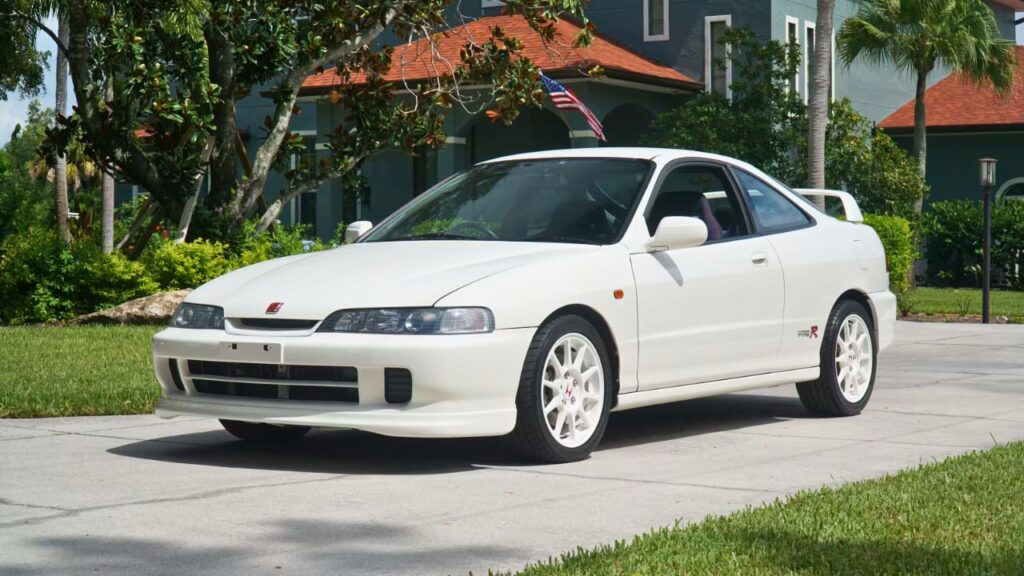
Ask anyone who’s driven a Type R, and they’ll probably mention its razor-sharp handling. The B18C engine revved high and made real power up top, while the chassis was stiffer and lighter than the standard Integra.
U.S. buyers got it in small numbers—just around 3,800 units between 1997 and 2001—which has sent values skyward. If that’s out of reach, starting with a GS-R or LS and building it up remains a popular path. Just don’t expect ITR levels of refinement or balance.
Subaru BRZ / Toyota GT86
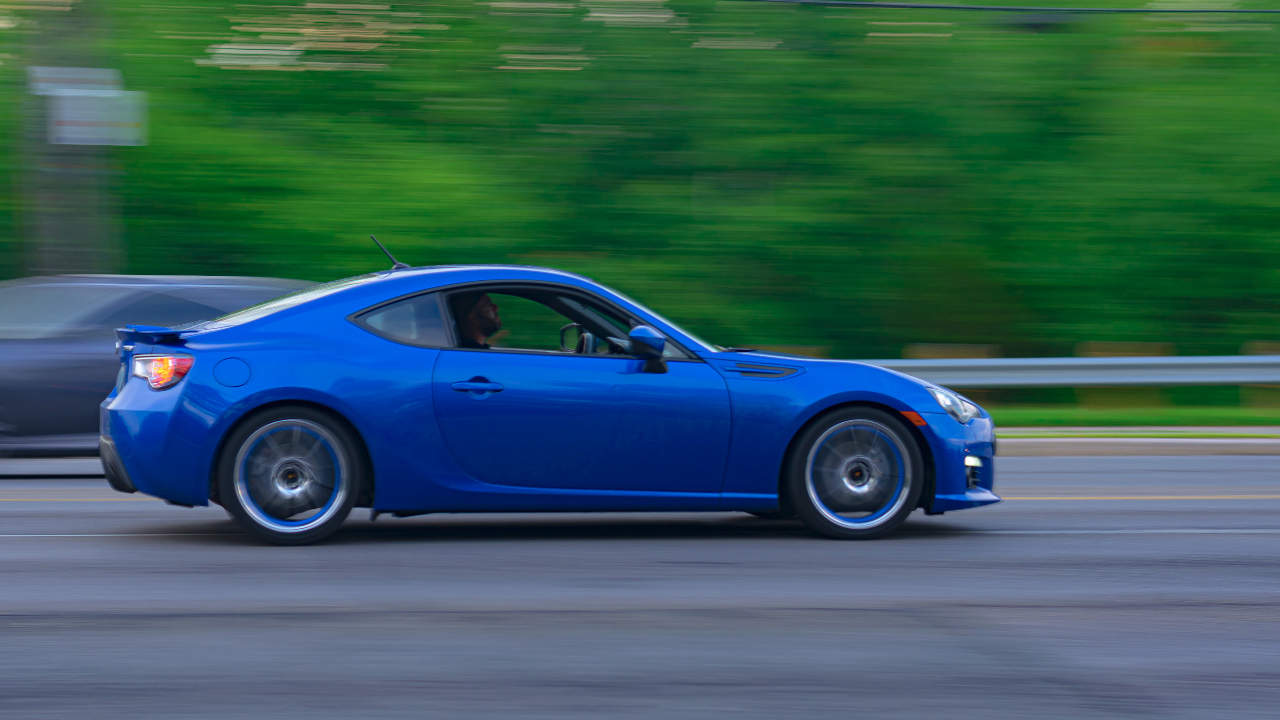
When Subaru and Toyota teamed up to create the BRZ and GT86, the result was a throwback to lightweight, balanced driving. No turbo, no crazy horsepower—just rear-wheel drive, sharp steering, and excellent chassis feedback.
The 2.0L boxer engine doesn’t make big numbers, but the platform makes up for it with confidence-inspiring dynamics. They’re also easy to mod, with a huge catalog of parts and tuning options. Whether it’s your first sports car or a weekend track toy, they still make a lot of sense.
Mitsubishi 3000GT

Mitsubishi aimed high with the 3000GT VR-4. It had tech most other cars wouldn’t see for years: AWD, all-wheel steering, adaptive suspension, and even active aerodynamics. It was heavy, but it made up for it with a twin-turbo V6 and serious grip.
The styling still holds up, and clean examples are becoming rare. Maintenance can be a challenge, especially with the active systems, but for someone who wants a high-tech ’90s sports car that still feels special, the 3000GT checks the right boxes.
Toyota Celica
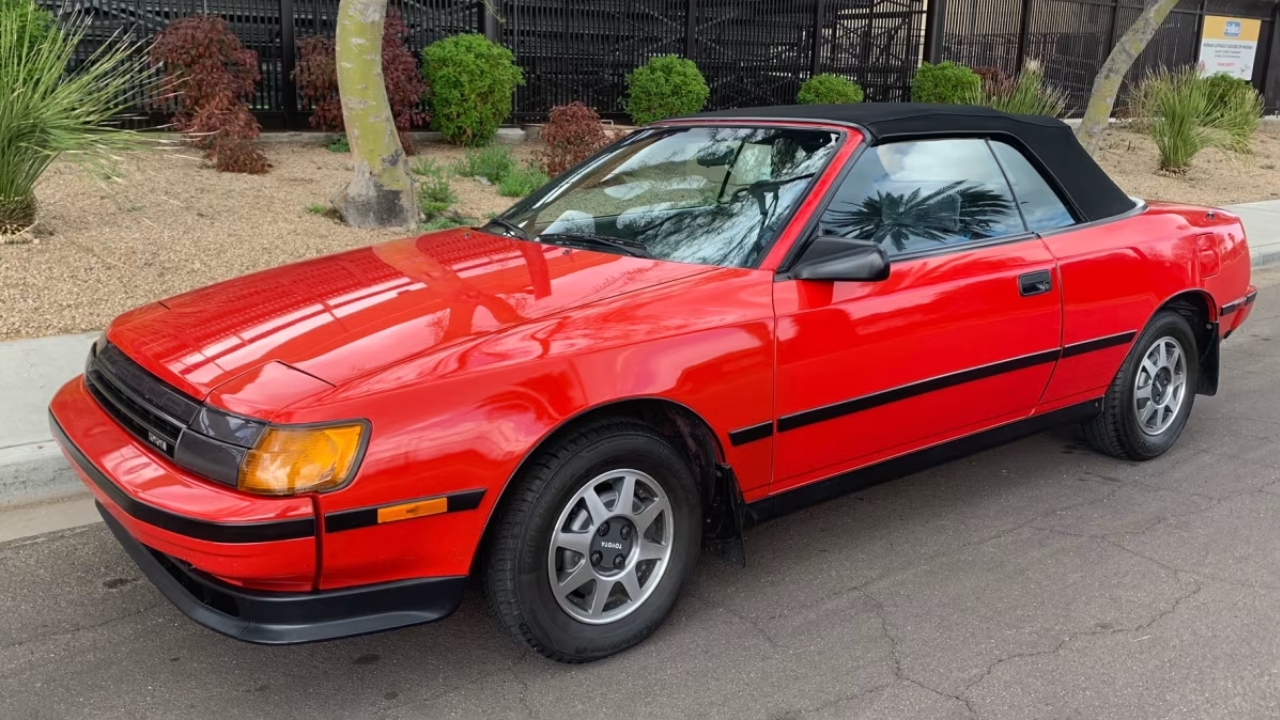
The Celica spent decades evolving from rear-drive coupe to rally-bred icon. If you’re buying one used, the All-Trac Turbo (GT-Four overseas) is the one to get. It had AWD, a turbocharged 2.0L engine, and ties to Toyota’s World Rally Championship efforts.
Later models weren’t as hardcore, but they still offered sharp styling and solid reliability. Early ’70s models have muscle car vibes and are gaining traction with collectors, while late ’90s Celicas can still be found for reasonable money.
Mazda RX-7
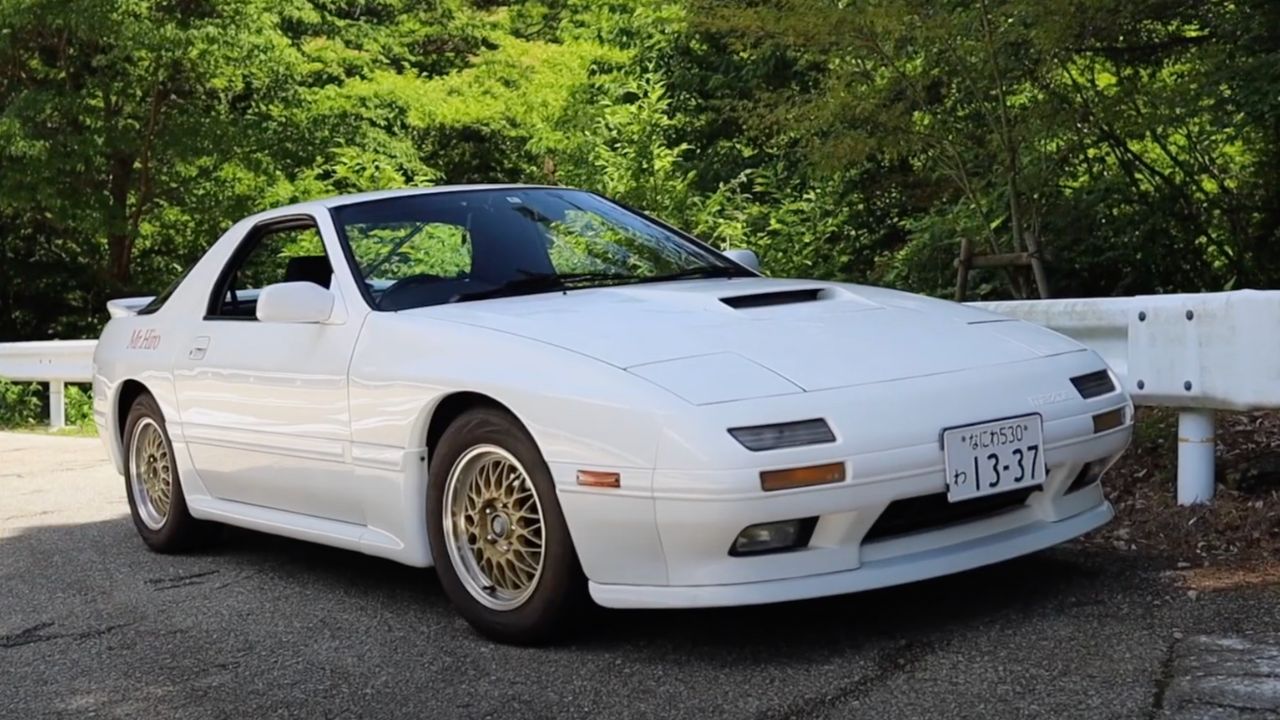
The RX-7 is a rotary legend. First-gen cars are charming and light, but most people go for the second-gen FC or the iconic third-gen FD. The FD had a twin-rotor engine with sequential turbos and a chassis that felt years ahead of its time.
Rotary engines aren’t for everyone—they’re high-maintenance and prone to issues if neglected—but the payoff is a lightweight, rev-happy driving experience you won’t find anywhere else. Find one that’s been cared for, and it’s worth the effort.
Like Fast Lane Only’s content? Be sure to follow us.
Here’s more from us:
*Created with AI assistance and editor review.

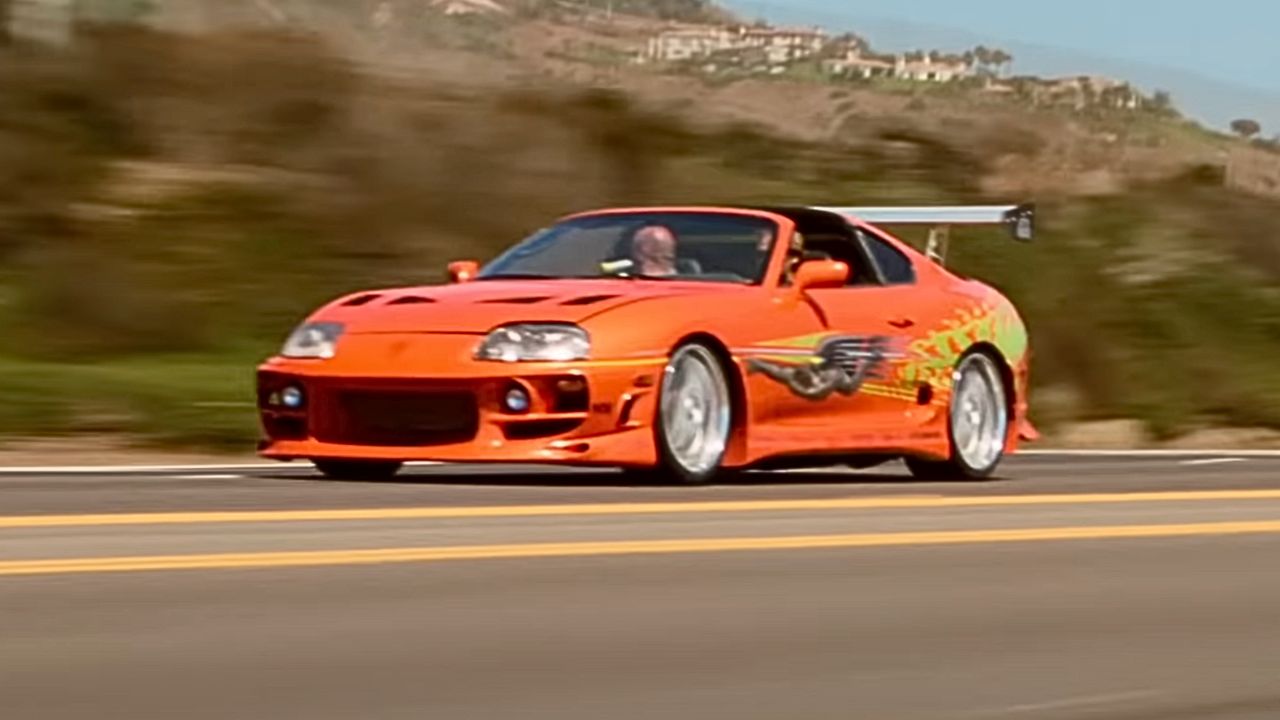
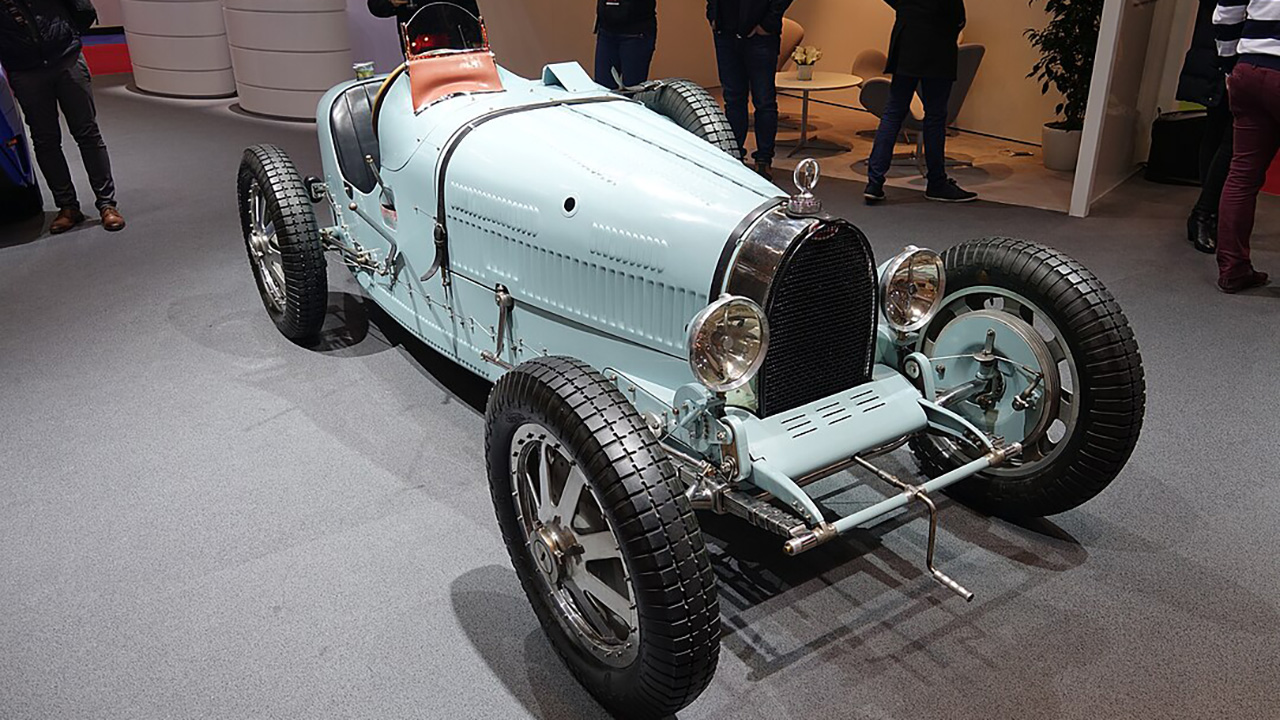
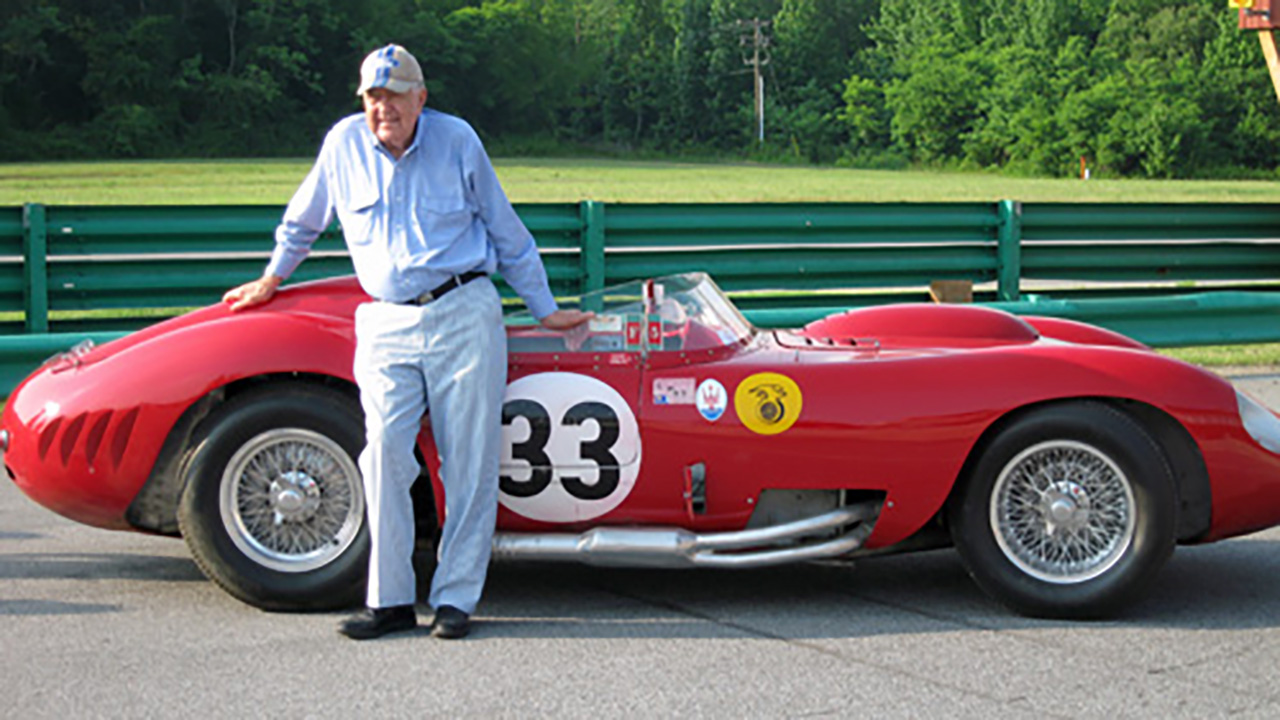
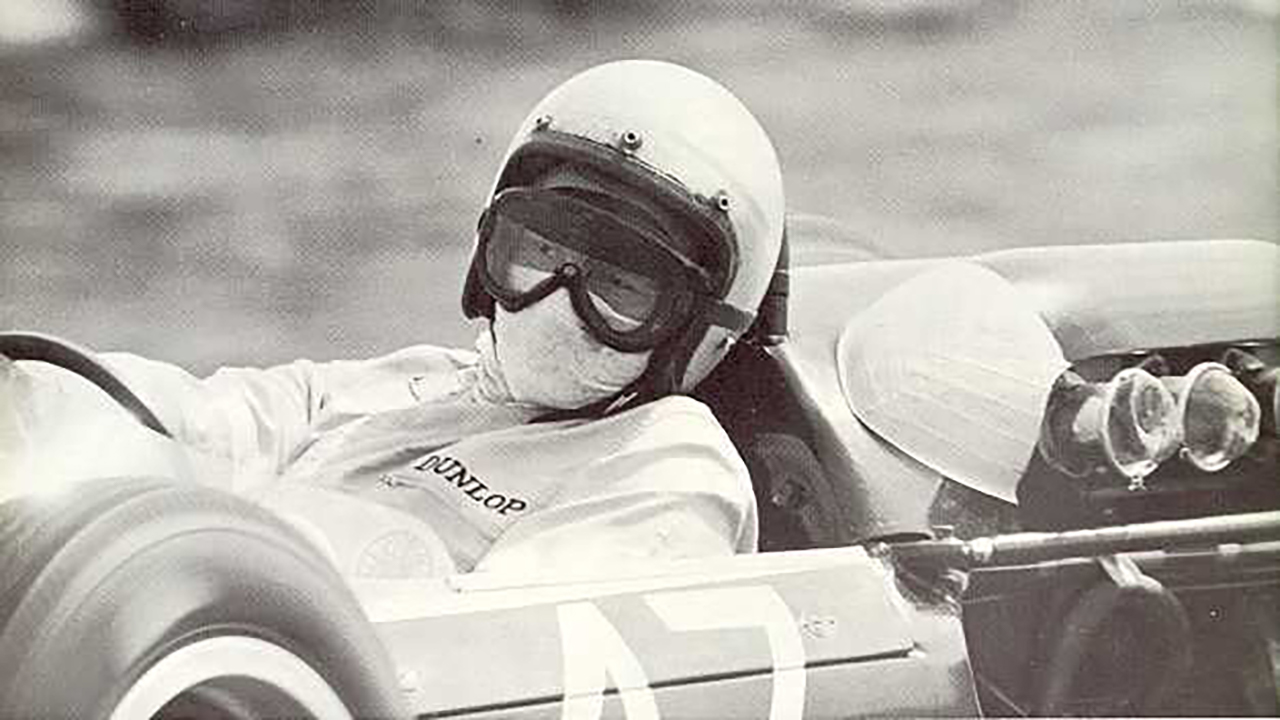
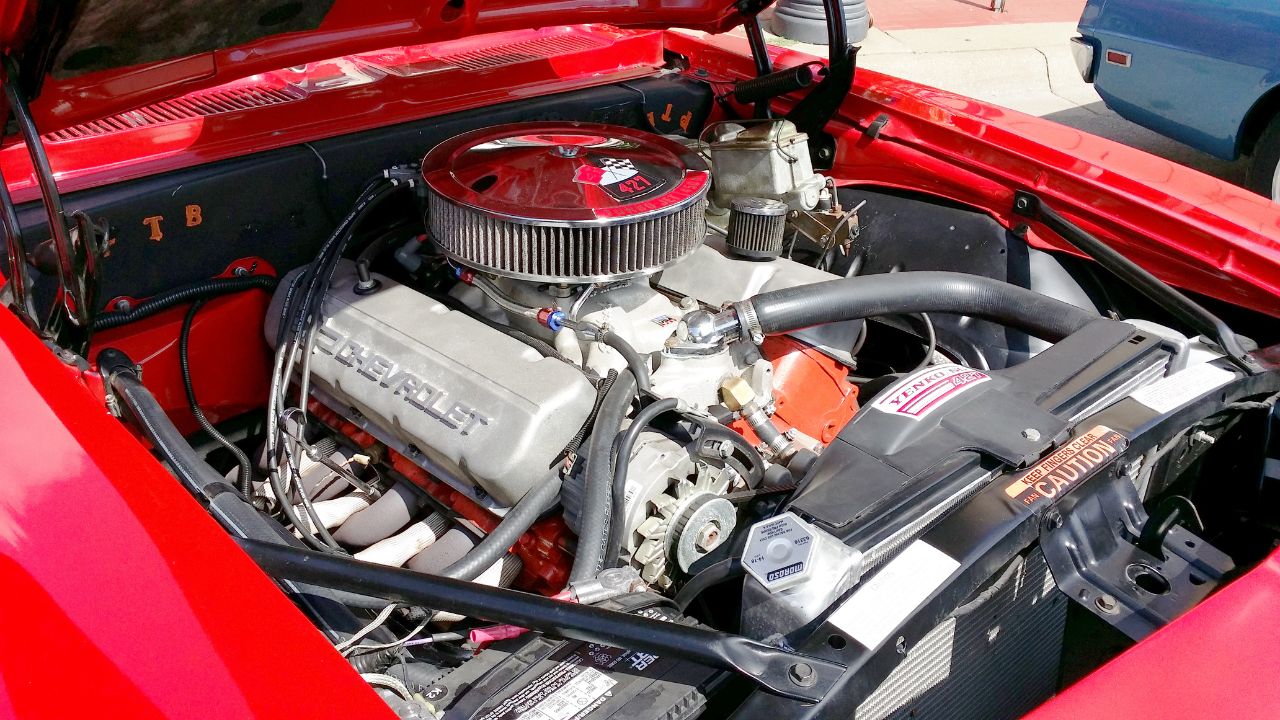
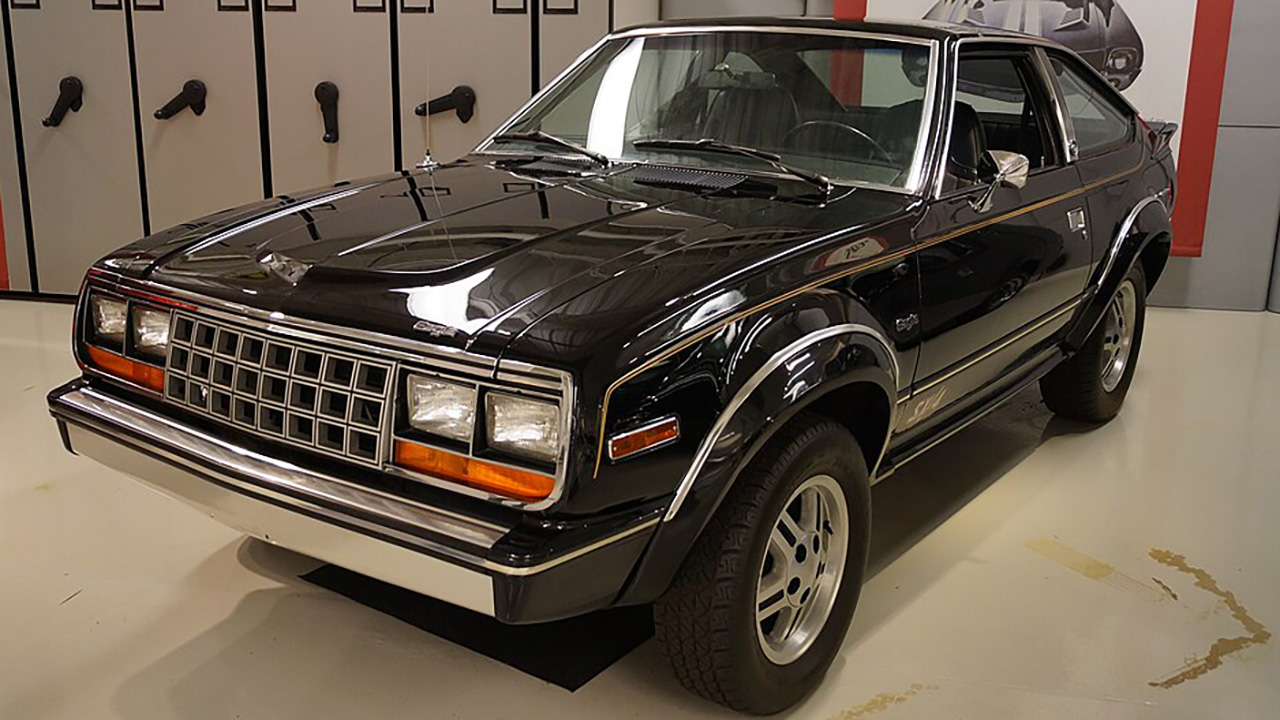
Leave a Reply